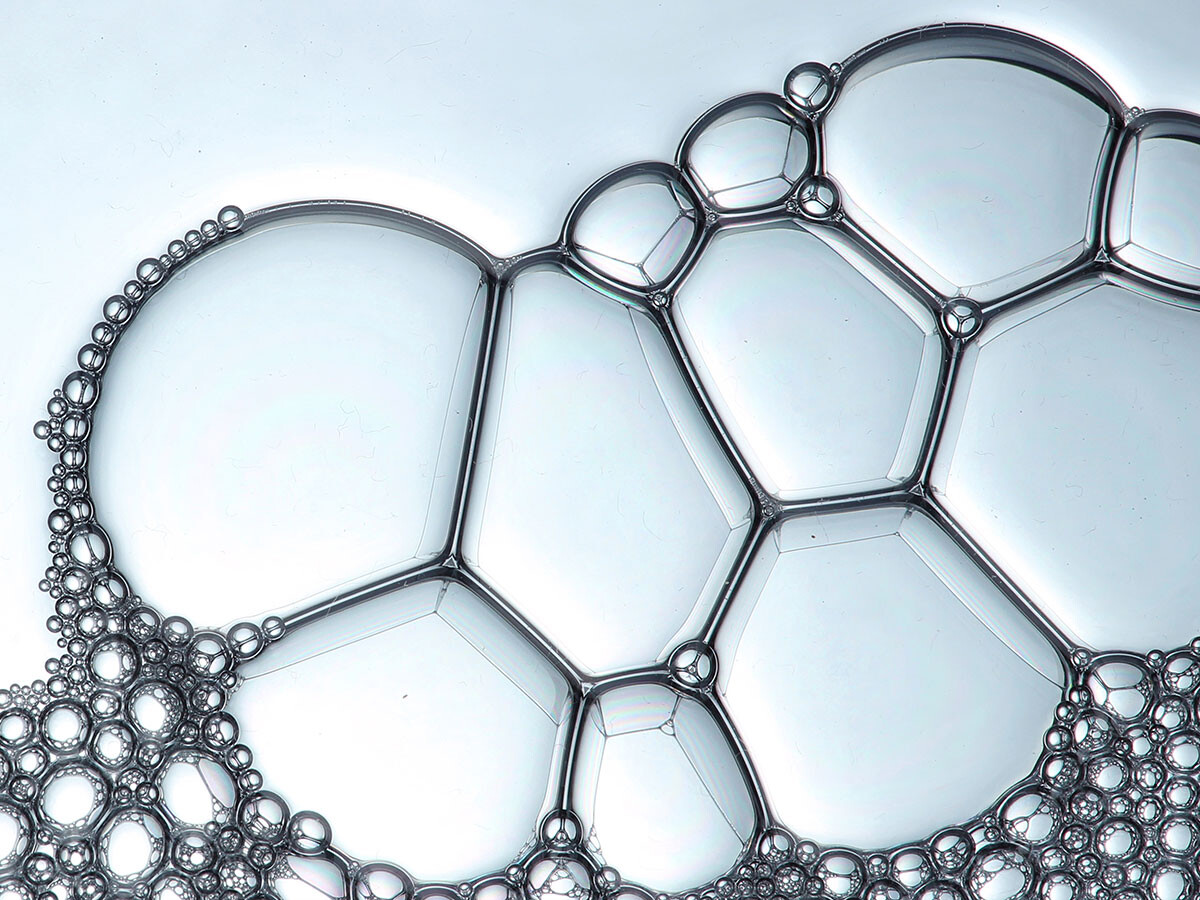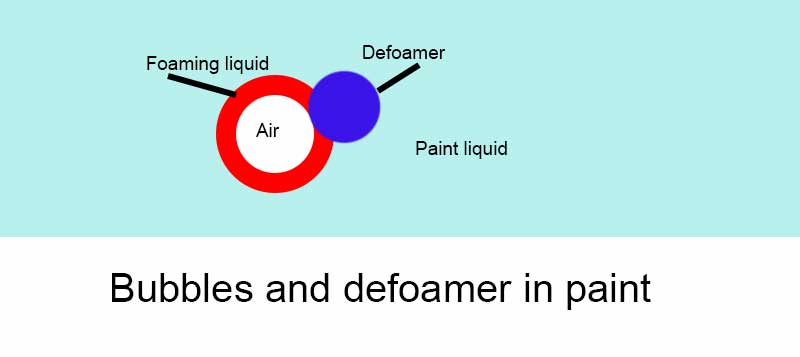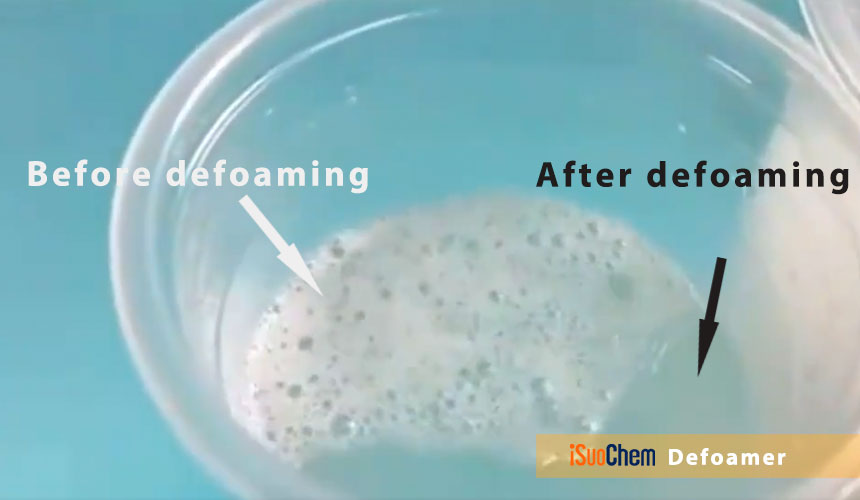Choosing the Right Defoamer for Your Details Application Needs
Selecting the proper defoamer for specific application requirements is a nuanced process that requires mindful consideration of multiple aspects, such as the foam operating, medium, and type problems. Understanding the subtleties of defoamer efficiency-- consisting of speed and determination-- while additionally accounting for environmental and regulatory elements is essential.
Recognizing Foam Development
Foam development occurs when gas is trapped within a fluid, producing a stable framework of bubbles. This sensation can substantially affect different commercial processes, specifically in sectors such as food production, pharmaceuticals, and wastewater treatment. The existence of foam can prevent blending, lower product quality, and even cause operational inadequacies.
Foam usually creates as a result of a combination of elements, including surface-active agents, agitation, and the attributes of the fluid phase. Surfactants reduced the surface tension of the fluid, promoting the development of bubbles that can maintain and integrate. Agitation, whether from mechanical stirring or gas intro, boosts bubble development, leading to boosted foam volume.
Comprehending the mechanics of foam development is vital for industries aiming to maximize their processes. By recognizing the certain problems that advertise foam generation, companies can carry out methods to mitigate its results.
Sorts Of Defoamers Available
Different kinds of defoamers are offered to resolve the difficulties positioned by foam in commercial applications. defoamers. Broadly categorized, defoamers come under three groups: silicone-based, non-silicone-based, and all-natural defoamers
Silicone-based defoamers are renowned for their efficiency and stability across a wide variety of temperatures and pH degrees. They are normally used in applications where strong foam reductions is needed, such as in coverings, paints, and adhesives. Their low surface tension permits fast foam collapse.
Non-silicone-based defoamers, usually made from organic compounds, supply an option for applications conscious silicone deposits. These defoamers can be additional divided into polyether and ester types, each tailored to satisfy specific formula needs. Non-silicone defoamers are regularly made use of in food processing and individual care products due to their compatibility with various formulations.
All-natural defoamers, obtained from plant or pet sources, are acquiring traction as a result of their eco-friendly profile. These products are specifically appealing in applications where regulatory compliance and sustainability are vital, such as in agrochemicals and biotechnology.
Selecting the best type of defoamer is essential for enhancing efficiency and making sure compatibility with details applications.
Key Application Considerations
When selecting a defoamer, it is vital to think about the specific application requirements to make certain optimum efficiency. defoamers. Different industries have distinct demands, such as food processing, pharmaceuticals, or wastewater therapy, and each application may require special defoaming residential or commercial properties
Key variables to assess consist of the tool in which the defoamer will be made use of, whether it is water-based, oil-based, or a combination thereof. The temperature level and pH degrees of the application can also substantially influence the efficiency of a defoamer. Furthermore, compatibility with various more other chemicals existing in the system is essential to stop damaging reactions that can jeopardize efficiency.
Another crucial consideration is the frothing behavior of the details system. Comprehending whether the foam forms quickly or gradually can direct the option of a defoamer that targets the root cause properly. The desired speed of defoaming can influence the option, as some applications require quick action while others might endure slower defoaming processes.
Last but not least, regulatory and environmental factors to consider ought to not be forgotten, particularly in industries with stringent compliance needs. Picking a defoamer that aligns with these elements makes certain both efficiency and safety and security in the application.

Efficiency Screening Approaches
Reviewing the efficiency of a defoamer needs a methodical strategy to screening that precisely measures its effectiveness in specific applications. Various efficiency testing methods can be employed to identify the ideal defoamer for a provided solution.
One usual technique is the bubble test, which reviews the defoamer's capability to reduce foam volume over time. This test includes generating a steady foam and then including the defoamer to observe the rate of foam collapse.

Ultimately, choosing the appropriate performance screening approach relies on the particular application and the sort of foam being attended to. Each technique provides important information that can assist formula modifications and improve the performance of the defoamer in sensible applications.
Ideal Practices for Option


Next, take into consideration the defoamer's performance in terms of speed of action and persistence. A quick-acting defoamer might be needed for procedures where fast foam reductions is essential, while a much more consistent solution may be required for prolonged foam control. Additionally, review the ecological influence of the defoamer, including its biodegradability and any kind of governing conformity demands.
Conduct tests with picked defoamers to determine their effectiveness in real-world problems. This action is vital to verify that the selected product satisfies performance assumptions. Last but not least, speak with makers or vendors for technical assistance and guidance, as they can offer important understandings right into product formulations and application methods. By adhering to these best practices, you can boost foam control performance and make sure the longevity of your procedures.
Conclusion
In recap, selecting the ideal defoamer necessitates a comprehensive evaluation of numerous elements, consisting of foam type, tool, operating conditions, and ecological considerations. Recognizing the distinct qualities of foam development and the available defoamer choices is essential. In addition, using click here for more effective performance screening approaches and adhering to best methods throughout the option process will certainly boost the chance of achieving optimum defoaming results. Inevitably, an educated selection strategy will address details application demands and minimize foaming challenges effectively.
Picking the appropriate defoamer for certain application demands is a nuanced procedure that requires cautious factor to consider of multiple elements, such as the foam operating, medium, and kind problems.Picking the ideal defoamer is crucial for achieving optimal performance in foam control applications. A quick-acting defoamer might be essential for procedures where rapid foam reductions is essential, while an extra consistent solution could be required for extended foam control.In recap, choosing the proper defoamer necessitates a thorough analysis of different factors, consisting of foam kind, tool, operating problems, and environmental considerations. Recognizing the distinct attributes of foam formation and the available defoamer alternatives is vital.
Comments on “The Science Behind Defoamers and Their Role in Foam Control”